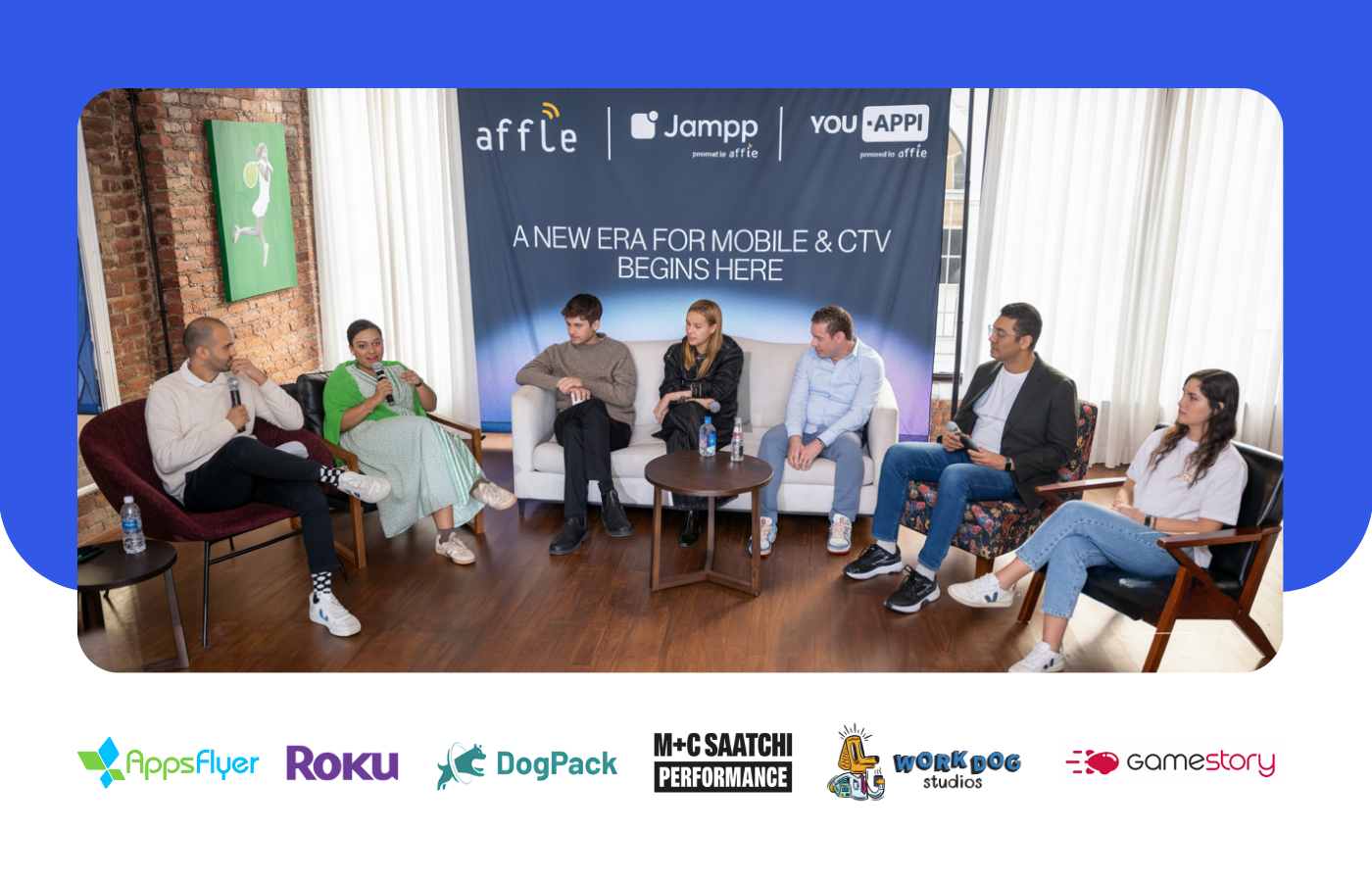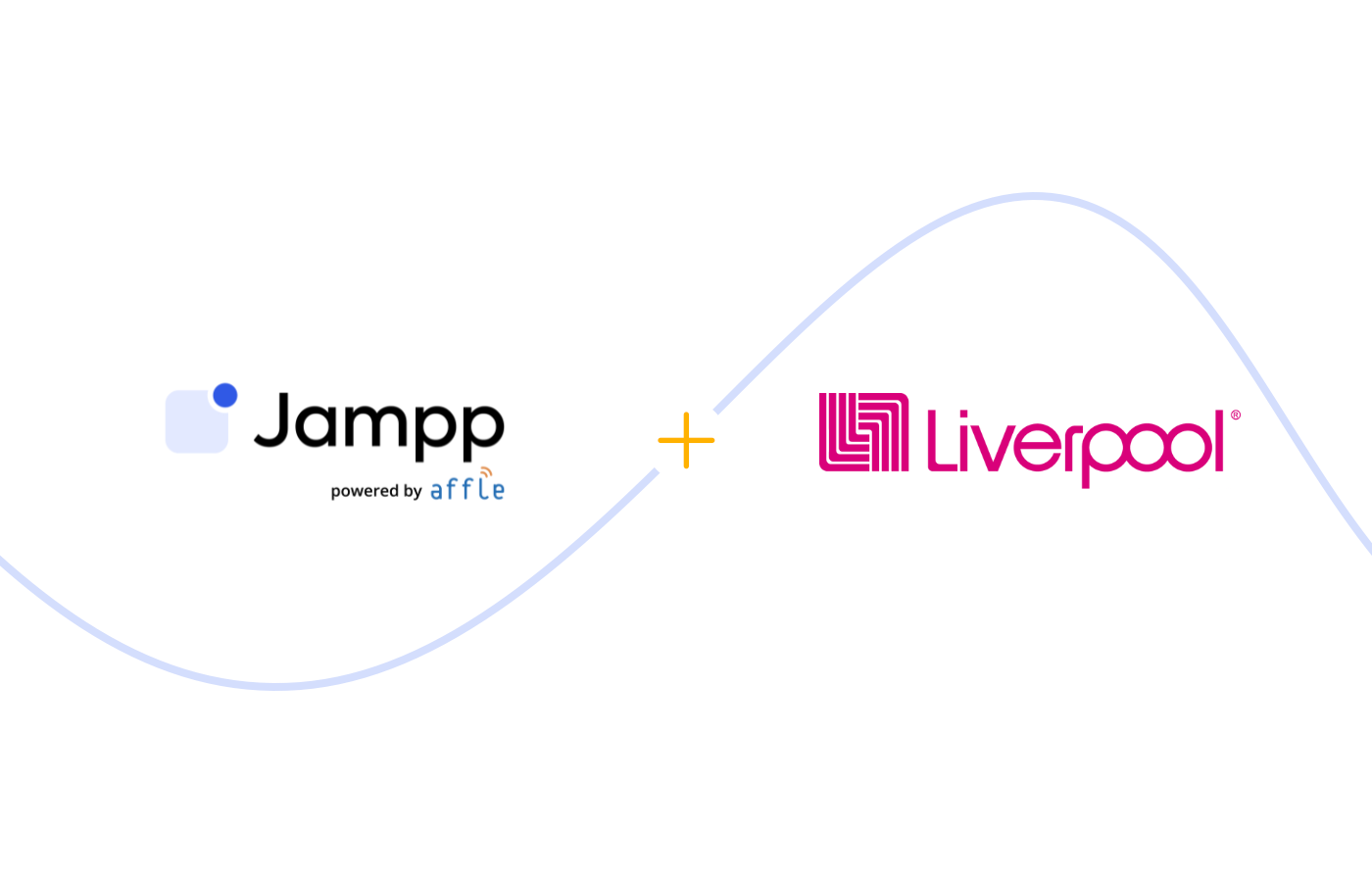From Black Friday to App Friday — how to drive holiday in-app sales
It takes time to do your holiday shopping, so as the experience of purchasing via mobile e-commerce apps gets better, people are…
January 19, 2017

It takes time to do your holiday shopping, so as the experience of purchasing via mobile e-commerce apps gets better, people are increasingly using apps while on a bus, train, subway (or toilet?) to fill up those stockings. But don’t just take our word for it, Comscore reported that, between 2014 and 2015, mobile commerce holiday spending more than doubled. ThinkWithGoogle reported $1 trillion (28% of all retail sales) were influenced by shopping related mobile-searches and AppAnnie highlighted a peak in retail app downloads in November… coincidence? #NotLikely.
The question every advertiser is asking? How can I make the most of this holiday season?
Focus on User Experience
Users are looking at apps to simplify their experience, so reduce the steps to purchase. No matter how much money you pour into advertising, if the user experience isn’t up to scratch, users will look for an alternative and there’s a lot of competition out there. Here’s a couple of basic UX best practices:
No deep links, no deal
One of the best ways of reducing unnecessary steps to purchase is to guide users to the most relevant in-app screen. Instead of sending users to the home screen, use deep links to take them to the last product viewed or the item advertised in the ad they clicked on. The more you simplify the shopping process, the more you’ll sell.
Auto-fill is your user’s best friend
- The less info the user has to input manually, the more seamless his/her experience will be. So make sure your purchase form is compatible with the capabilities of today’s mobile browsers.
- Automatically detect the user’s city and state when they input their zip-code.
- Auto-fill the credit card type (Visa, MC, AmEx) based on the card number.
So your UX rocks, what’s next?
We all talk about the “holiday season”, but when planning your marketing strategy you want to be a little more specific than that, so let’s break it down…
Here’s an example of the peak in add-to-carts from our Brasil shopping apps last year

November
Don’t underestimate November for User Acquisition: last Novemeber “downloads of the top 10 retail apps (…) on Google Play grew by 55%, nearly closing the gap with iOS” — AppAnnie. When those installs start pouring in, your engagement engine should be up and running. Remember, user acquisition campaigns work best when combined with engagement strategies. Halfway through the month, you should have gathered enough data to promote customized offers. You want to build up to Black Friday (November 25th) and Cyber Monday (November 28th). Customers will dive to their devices for the much expected deals and discounts. Be ready!
December
December is the “don’t drop the ball” month, so make sure you keep your content fresh and relevant to the holidays. Don’t treat it like every other month, it’s not. While users will keep browsing up to Christmas day, we recommend focusing your spend on the first 10 days.
Keep in mind: the general trend is for ad-placement price floors to increase around the holiday period. This means you’ll have to spend a little more to get the best traffic.
“Engagement, engagement, engagement” is your new mantra
Engagement is not an afterthought to your acquisition efforts. Like we explained on our last report on user behavior in e-commerce apps, it’s important to engage users early on. So, how do you connect with your users?
Push & Email notifications are not enough!

When re-engaging users, many advertisers rely on email and push to drive purchases. However, 83% of e-commerce emails are not opened according to MailChimp and not all push notifications are well received. Best to divide and conquer: to maximize your engagement efforts, make sure your marketing strategy includes a number of cross-channel campaigns such as push notifications, loyalty programs and retargeting ads.
Special offers and promotions

We all love a good discount. Offering users special deals is a great way to draw them in, and sharing promo codes for clients who make repeated purchases can help make them feel like valued customers. Free shipping for in-app purchases is also a known sales-booster.
Here’s a few examples of good (retargeting) discount ads:

Keep in mind: You can run discounts for install campaigns as well, but the ad should show potential users what you are selling, and the CTA should say Download or Install.
Refresh creatives regularly
Your ads should always be updated, but more so during this season since users will be more active. Exposing them to the same ad over and over again will likely put them off. By all means, offer discounts and coupons, but remember the best way of engaging users is reminding them how your app can help them solve a problem, at the very moment they’re trying to solve it.
Run Dynamic product ads
Just about the most relevant type of ad out there. It’s the only ad format that allows advertisers to seamlessly promote their entire product catalog, across all the mobile devices their customers use. There are potentially as many ads as there are products. What’s more, ad content is automatically updated based on user behavior to ensure content is relevant and fresh.
Use Predictive Segments
With placement prices on the rise, you want to reduce your overall cost per action (CPA) as much as possible. Advertisers using Predictive Segments have reduced CPAs by over 30%. How? It uses both behavioral and contextual data to customize each bid. This variable bidding strategy means spend is allocated based on users’ likelihood to convert. In other words, you spend more on the users who will actually perform the desired in-app action.

Wrapping Up
Holiday shopping has historically been a healthy source of headaches for customers, but people are starting to realize it can be whole lot simpler. Users look to apps to simplify their day-to-day tasks, so show them how your app can help them find the promos and presents they’re looking for.
Start testing and optimizing today so that when the holiday craze is in full swing, you know your customers, what works for them and what doesn’t. Prices haven’t peaked yet, but people are already thinking about the holidays, you should be too. Inventory is more expensive in November and December, ensure your money is well spent by applying data-driven strategies.
Finally, invest in user acquisition, but remember: the holiday season is a very competitive season for e-commerce apps. If you are not engaging your users, you can bet someone else is. There are a lot of new engagement products and practices available, use them!
Subscribe to our email newsletter









